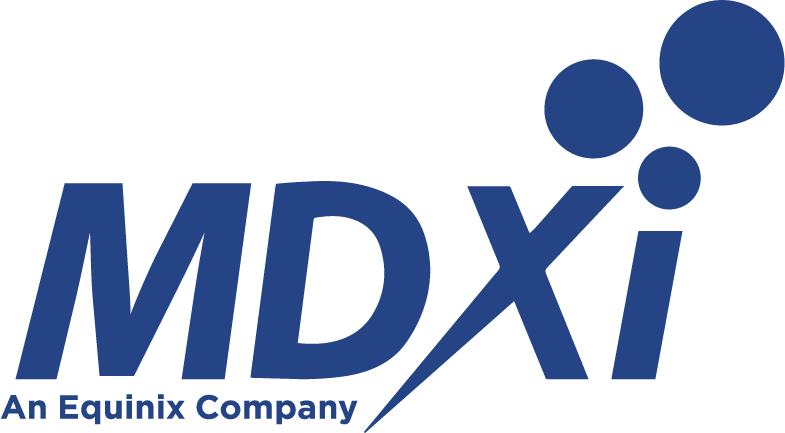The banking industry as a whole is undergoing a digital transformation, challenging the supremacy of established banks that have been at the heart of the global financial system for decades. To stay relevant, those established banks must start thinking and acting more like innovative, agile fintechs and challenger banks.
Implementing new technologies is a logical start, but what banks truly need is an entirely new operating model. We call that new model Banking as a Service (BaaS).
In this article written by Adrian Mountstephens, Business Development, Senior Manager at Equinix, the shift away from legacy banking processes toward BaaS is well underway, and that shift will only continue to accelerate going forward. Banks are already experiencing many benefits from BaaS adoption, including new revenue streams, higher customer acquisition and retention, and greater business agility and cost efficiency. In contrast, banks that aren’t capitalizing on BaaS are increasingly at risk of being marginalized and left behind by their more digital-savvy competitors.
BaaS exposes banks to supply chain models they haven’t operated in before, including B2B2B and even B2B2C. These new supply chain models are highly interconnected; to successfully apply them, banks need IT infrastructure that’s agile, instant and intelligent. For established banks that have spent many years investing in a more siloed, traditional approach to IT, making this shift may be easier said than done.
What is Banking as a Service?
BaaS is a new business model that involves non-banking brands embedding financial services into their customer experience, selecting those services from a modularized, API-driven banking stack. A BaaS business model can help both banks and their partners reach more customers quicker and in more innovative ways. There are several different approaches to BaaS:
White-label banking
Platform banking
Open banking
- White-label banking
White-label banking is when a third party offers customer-facing financial services under its branding, with the help of a banking partner. This arrangement can be beneficial for both partners: the bank can expand its reach to a much wider pool of potential end users, while the non-bank partner can offer financial services without the difficult and time-consuming process of acquiring a banking license.
- Platform banking
While white-label banking allows many partners to offer financial services from the same bank, platform banking is essentially the inverse: one bank offering services from many different partners. In this case, the partners benefit from easy access to a wider base of potential customers.
- Open banking
Open banking is technically not BaaS in the true meaning of the term, but it does make sense to mention them both in the same context. Like BaaS, open banking involves a collaboration between a bank and third-party partners via an API platform.
Why Established Banks Need BaaS
- quick response to market shifts and rapidly changing consumer preferences. In the past, banks developed products within the silos of their IT infrastructure and it typically took months or even years for banks to develop and release a new product.
- Improved customer experience. Another challenge many traditional banks have is communicating and collaborating across silos. For example, If a customer wanted multiple services from the same bank—such as a savings account and a mortgage, they’d need to complete a separate application for each service, even if both applications asked for the same information. This directly contributes to a negative user experience.
- To increase market share. There is the simple fact that many banks are struggling to add new customers during a time of slow growth and increased competition. Banks that only sell traditional banking products via traditional channels exacerbate this issue since they’re only competing for a small slice of the overall financial services pie.
To learn more about why established banks need BaaS, click here
What Does it Take to do BaaS Right?
Moving infrastructure to the cloud and the digital edge is a key component of that new approach; in addition to getting closer to potential BaaS partners and end users, migrating to cloud-based infrastructure also helps banks increase flexibility, lower costs and modernize processes to enable future success.
To be successful with hybrid multi-cloud for BaaS, banks need to be able to get data to partners and service providers with speed, reliability, scalability and across multiple locations around the world. This is where a carrier-neutral colocation partner such as MDXi can help.
MDXi, an Equinix Company and part of the 240+ Data Centers Equinix operate around the world delivers expanded access and geographic reach these banks need to be successful in an increasingly global economy.
Want to extend your reach today? Talk to us now
